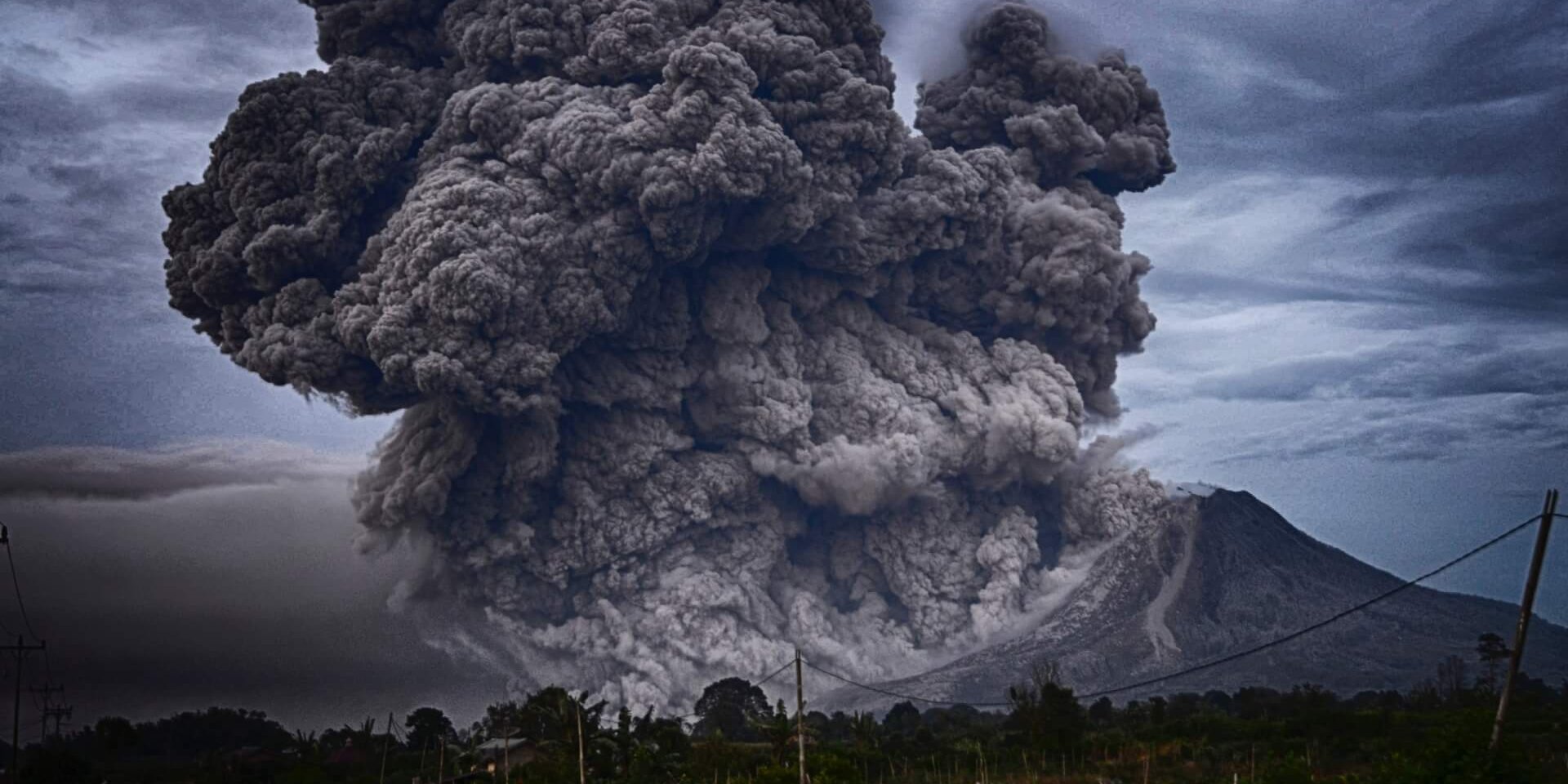
Prevention is the primary goal of disaster risk reduction (DRR), aiming to deal with threats to human life due to emergencies and disasters through planning and implementing activities to reduce the rate, frequency, and intensity of disasters. DRR methods and techniques are essential to reduce the loss of life, property, and economic resources by reducing the likelihood of occurrence. This year’s International Day for Disaster Risk Reduction focusses on Target G of the Sendai Framework for Disaster Risk Reduction 2015-2030 adopted in March 2015: “Substantially increase the availability of and access to multi-hazard early warning systems and disaster risk information and assessments to people by 2030.”
At the global scale, early warning systems help mitigate disasters by providing information on sudden and severe incidents, using data collection methods such as surveys, weather monitoring systems, maps, statistics, and simulations. Such warnings on potential threats to human life before a disaster occurs are particularly important in the case of hazards that can occur suddenly, such as tsunamis, cyclones, or volcano eruptions. These systems help in planning safety measures against potential disasters by creating awareness among government officials and the public.
On the occasion of DRR Day, we have rounded up some of the ways in which the ISC and partners are currently collaborating to further efforts on disaster risk reduction.
2023 marks the midpoint in the implementation period of the Sendai Framework for Disaster Risk Reduction, providing a major opportunity to review and bolster implementation of the Framework moving towards 2030, and importantly, strengthen the integration with other international agreements, including the Paris Agreement and the 2030 Agenda on Sustainable Development. This stocktaking exercise will look at progress to date, the changing context – including in relation to the COVID-19 pandemic and other global crises – and at opportunities to tackle underlying root causes of disasters and risk creation processes that span across sectors and scales.
In this context, the ISC has established a multi-disciplinary expert group to contribute to the Mid-Term Review (MTR) process led by the United Nations Office for Disaster Risk Reduction (UNDRR). The group is tasked with developing a short report which should be published in early 2023 and will be annexed to the main report led by UNDRR. This ISC report will serve as a valuable input from the Science and Technology Community Major Group in the drafting of the UNDRR MTR. The report aims to use scientific knowledge from all disciplines to address risks more holistically and enhance prevention and preparedness.
The findings of the MTR will inform a negotiated political declaration that will be adopted at the High-level meeting of the UN General Assembly on the Sendai Framework Mid-Term Review in May 2023. It will also feed into the 2023 High-level Political Forum, the SDG Summit and the High-level Dialogue on Financing for Development at the 78th Session of the UN General Assembly.
The 2022 Systemic Risk Briefing Note published by the International Science Council (ISC), the United Nations Office for Disaster Risk Reduction (UNDRR) and the Risk Knowledge Action Network (Risk KAN) underlines that systemic and uncertain risks facing the world today can have cascading impacts across systems and sectors. It calls for an integrated perspective that incorporates the inherently complex nature of climate-related hazards, vulnerability, exposure and impacts in order to better understand and respond to systemic risk.
Systemic Risk
Sillmann, J., Christensen, I., Hochrainer-Stigler, S., Huang-Lachmann, J., Juhola, S., Kornhuber, K., Mahecha, M., Mechler, R., Reichstein, M., Ruane, A.C., Schweizer, P.-J. and Williams, S. 2022. ISC-UNDRR-RISK KAN Briefing note on systemic risk, Paris, France, International Science Council, https://doi.org/10.24948/2022.01
Two policy briefs were also presented at the 2022 Global Platform for Disaster Risk Reduction (GP2022) in Bali, Indonesia. The first, Using UNDRR/ISC Hazard Information Profiles to Manage Risk and implement the Sendai Framework for Disaster Risk Reduction, showcases examples of how the hazard definitions published in the UNDRR/ISC Hazard Information Profiles are being used to support DRR at global and national levels. The second, Closing the Gap between Science and Practice at Local Levels to Accelerate Disaster Risk Reduction, analyzes the existing gap between science and technology (S&T) and its incorporation into disaster risk management at local levels.
On the occasion of DRR Day 2022, the International Science Council’s Affiliated Body Integrated Research on Disaster Risk (IRDR) collected key messages from its community to highlight the importance of efforts towards early warning and early action systems, commenting on ways in which public access to the multi-hazard disaster risk information and assessments can be improved and evoking new forecasting tools for disaster prevention.
“Target G has been at the heart of the science mission of IRDR […]. IRDR will endeavor to advance science-policy-society engagement, to improve the understanding on systemic, compound and cascading risk and knowledge sharing, and to harness the technologies for more effective early warning and early action for all communities”
HAN Qunli, Executive Director of IRDR-IPO.
In other news, the Somali Ministry of Humanitarian Affairs and Disaster Management (MoHADM) established a National Multi-Hazard Early Warning Centre (NMHEWC) to facilitate disaster preparedness and establish linkages between early warning and early action to reduce the impact of disasters in Somalia. This project is led by IRDR Scientific Committee member Dr. Bapon Fakhruddin. The following video has been filmed by the UNDRR to promote this case in the context of the International Day.
You might also be interested in Dr. Bapon Fakhruddin’s piece on strengthening emergency communications for complex, cascading and compounding events, where lessons learned for disaster risk response from the Hunga Tonga-Hunga Ha’apai eruption and tsunami in Tonga are discussed. You can read it here.
Image by Yosh Ginsu on Unsplash.